What is the category of orange, yellow and white in black tea? what is the grade of tea Darjeeling FOP and BOP?
Classification of black tea from the place of origin
When buying black tea, friends who love black tea do not know if they have ever noticed a series of English letters on the package, such as FTGFOP,FOP,BOP and other signs of black tea grade. Most people may not know much about the meaning of these letters, even those who have been drinking tea for a long time. I have heard the saying that as long as the English word is longer, the higher the grade, the better the tea. But is this really the case?
What is the meaning of each grade of black tea and behind each English letter? Is there necessarily a positive correlation between the grade of tea and the flavor of tea? I think for a black tea lover, whether you are a beginner or have known black tea for a long time, there must be such questions more or less. Today, let Bedouf Tea House tell you that the black tea grading system has some historical origins.
Generally speaking, in Taiwan or China, the most common way to say the difference in the quality of tea is to have two leaves in one heart or one leaf in one heart. using this method of picking to make tea can ensure that the tea sets produced are of a certain standard. However, the proper terms we often hear in western tea grading methods, such as OP,FOP,BOP,TGFOP,SFTGFOP, need to be studied before we can clearly understand the differences.
To talk about the classification of black tea, we should start from the most basic level, that is, P. (Pekoe), O.P. (OrangePekoe) and F.O.P. (Flowery OrangePekoe).
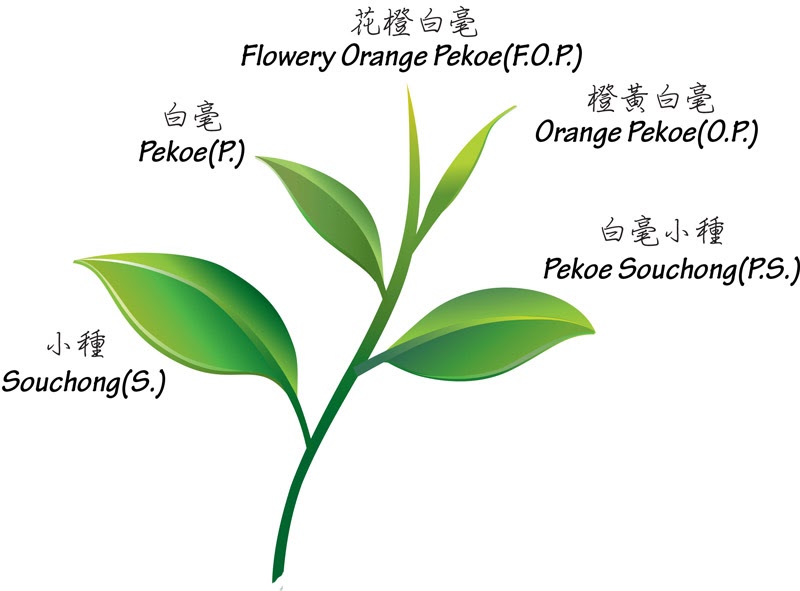
[F.O.P.]
First of all, mention P. (Pekoe), Pekoe is the Chinese Pekoe, pronounced Peh-Ho in Taiwanese, originally refers to the heart of two leaves of one heart, in the previous linguistics of tea, it was mentioned that black tea was first brought to Europe by the Dutch from Fujian in 1605, and Peh-Ho became the Dutch Pekoe. Later, when the British also started the tea trade, Bai Hao became a foreign language in English and has been in use ever since. However, with the development of black tea grading system, Pekoe has been divorced from the original meaning of Bai Hao.
[F.O.P.]
In the grading of whole tea, the common basic grade is O.P. (Orange Pekoe), which is translated into Chinese as orange, yellow and white hairs. However, this translation has caused some misunderstandings. The most common misunderstanding is to be regarded as white hairs with orange flavor, or to be interpreted as describing the picked buds with orange color or luster.
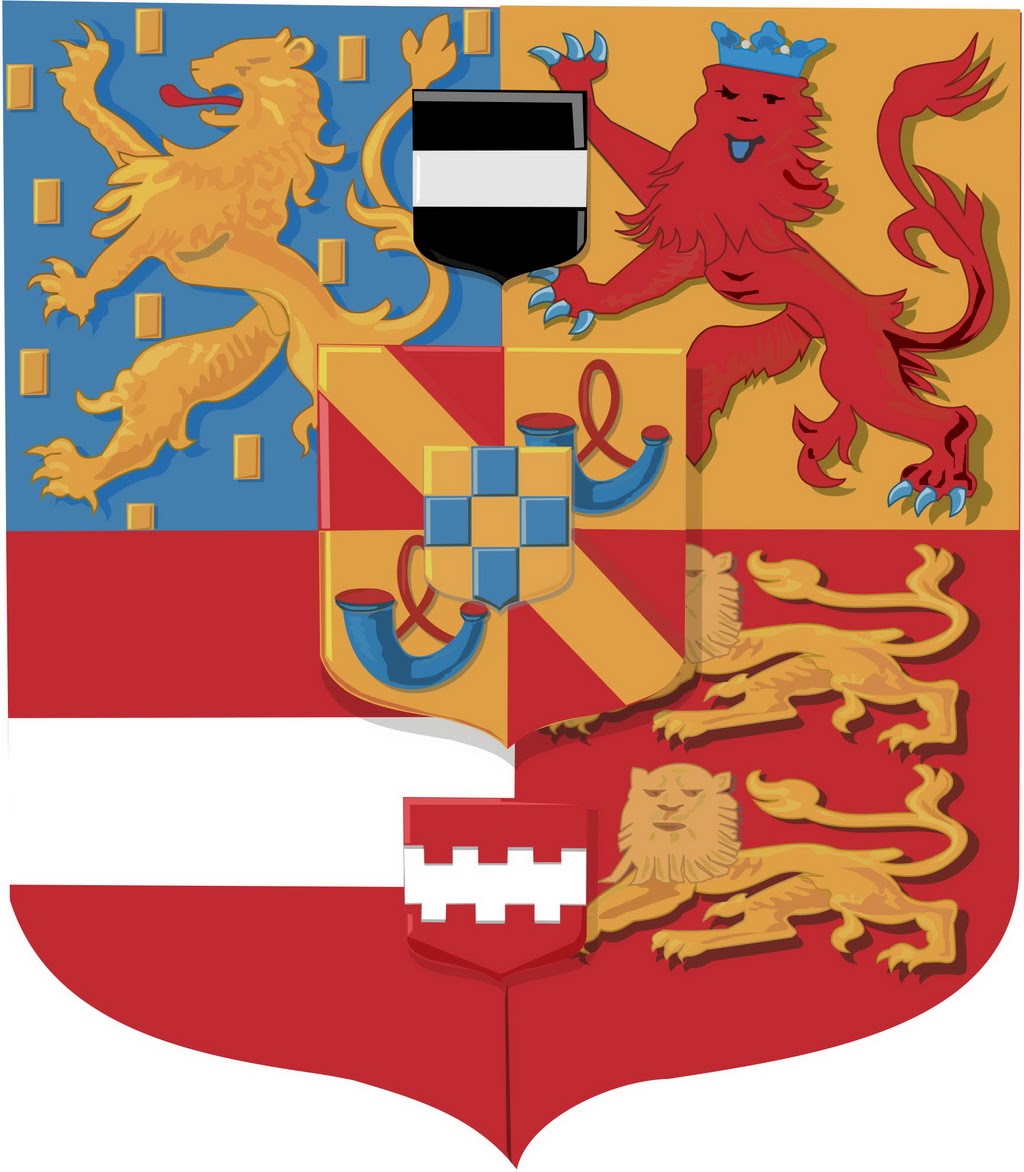
Correctly speaking, the origin of Orange Pekoe is related to the aristocratic House of Orange-Nassau who ruled the Netherlands at that time (the representative of the Dutch country, orange, also came from this). Because tea was first introduced into Europe, it belonged to the aristocracy to enjoy, so the Dutch East India Company (Vereenigde Oost-Indische Compagnie,VOC) named Orange in front of the original Pekoe, emphasizing the quality and nobility of its tea, and on the other hand, it was regarded as an act of honor. Therefore, Orange has nothing to do with the characteristics of tea itself, in fact, it was the marketing method of Dutch businessmen at that time. After that, with the improvement of tea cultivation and production technology, there are more grades of black tea, and Orange Pekoe, like Pekoe, has simply become the basic representative of the grading system.
After introducing Pekoe and Orange Pekoe, let us gradually understand that there is a substantial difference in black tea grading. It may be thought that the grade of black tea is screened, but in fact, the grade of black tea is determined at the time of picking. With the next introduction of F.O.P., the biggest difference is the picking time.
[F.O.P.]
The so-called F.O.P. (Flowery Orange Pekoe) is translated into Hua Orange Bai Hao and O.P. The specific difference lies in F.O.P. It's budding, and O.P. There are no buds; before the buds grow into leaves, the picking of two leaves with buds is F.O.P., if the buds have grown into leaves, it is O.P. Yes.
After the previous introduction, you can understand the most basic grade difference of tea, and the next grade to be introduced is to classify it according to the picking conditions of F.O.P. (Flowery Orange Pekoe) the higher the grade, the higher the integrity of the tea shape and the higher the bud content.
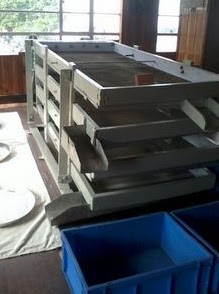
[S.F.T.G.F.O.P.]
G.F.O.P. G, which means Golden, refers to the golden part at the end of the bud. This grade of tea has more and more tender buds.
S.F.T.G.F.O.P.
TGFOP T means Tippy, basically and the previous grade has golden buds, but the bud content of this grade will be slightly higher, and the quality of tea will be better.
S.F.T.G.F.O.P.
In T.G.F.O.P. Before the end of a F, this F means Fine or Finest, to this level, the bud content of tea can be as high as 25%, it can be said to have a very high quality, but also because of the precious FTGFOP grade, so some people jokingly call this grade of tea is Far Too Good For Ordinary People, which can be regarded as an alternative grade!
In addition, sometimes you will see signs like FTGFOP-1, plus this 1, which represents the best quality tea after selection in the whole batch of FTGFOP grade tea.
S.F.T.G.F.O.P.
S.F.T.G.F.O.P. The first letter S, which stands for Super or Special, is the highest classification of black tea. Generally speaking, black tea grade to reach the SFTGFOP level, in its quality performance has a very high requirements, of course, high quality also represents the relative rarity.
In addition, Darjeeling's tea production is not as good as that in other regions of India, but it is also a mass production, so the production process still depends partly on machine assistance, but there are still some very precious teas made by hand, and some teas will add hand rolled on the labels to emphasize their rarity, and such teas are generally rated above FTGFOP.
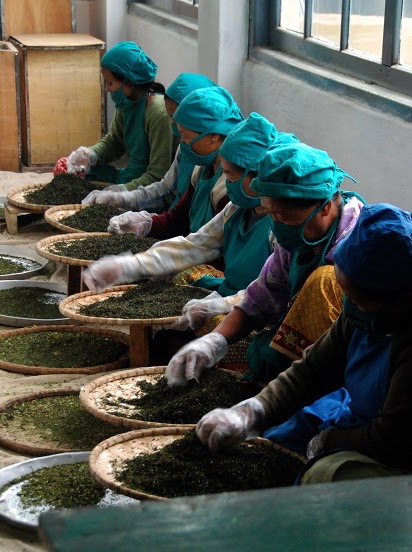
After understanding the grade of whole-leaf tea, the grade distinction of broken-leaf tea is to add more B to it for the meaning of Broken. Generally speaking, broken-leaf tea belongs to the leaves left after screening of whole-leaf tea. The grade of broken-leaf tea can be divided into:
BPS (Broken Pekoe Souchong)
BP (Broken Pekoe)
BOP (Broken Orange Pekoe)
FBOP (Flowery Broken Orange Pekoe)
GBOP (Golden Broken Orange Pekoe)
GFBOP (Golden Flowery Broken Orange Pekoe)
TGFBOP (Tippy Golden Flowery Broken Orange Pekoe)
When the broken leaf tea is screened, it will leave Fanning and Dust grade tea, that is, the powdered tea commonly used in cheap tea bags. The approximate grades of Fanning and Dust are as follows:
PF (Pekoe Fannings)
OF (Orange Fannings)
BOPF (Broken Orange Pekoe Fannings)
FOF (Flowery Orange Fannings)
GFOF (Golden Flowery Orange Fannings)
TGFOF (Tippy Golden Flowery Orange Fannings)
D1 (Dust 1)
PD (Pekoe Dust)
PD1 (Pekoe Dust 1)
Although there are so many grades of black tea, not every tea-producing area produces every grade of black tea, such as Ceylon black tea, the highest grade is FOP, Darjeeling and Assam's whole-leaf tea mainly takes TGFOP as the higher quality grade, while in the broken leaf tea, Darjeeling and Assam use BPS instead of BP.
In addition, in the production of black tea, there is a method called CTC (Crush,Tear,Curl), in which the tea is rolled, shredded and rolled by a machine, directly making the tea into a small ball like feed. CTC refers to the processing mode of tea rather than grade, while the grading method of CTC tea is a mixture of broken leaf tea and powdered tea.
After the introduction of the above classification of black tea, I wonder if you have found that the grade standard of black tea is mainly to assist buyers to judge the quality of black tea, and can not be used to judge the flavor of black tea. although the grade and flavor of black tea are positively related to a certain proportion, it is not absolute, especially if they are produced from different estates, different varieties, or different production processes, even if they are of the same grade. The flavor of tea will still be different. To choose tea, in addition to the reference grade, the flavor of tea is also very important. Only by tasting it attentively can you find the tea that suits you.
Important Notice :
前街咖啡 FrontStreet Coffee has moved to new addredd:
FrontStreet Coffee Address: 315,Donghua East Road,GuangZhou
Tel:020 38364473
- Prev
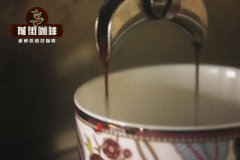
What kind of coffee do you have for autumn? What kind of coffee would you like to drink in autumn? The first cup of coffee in autumn
Professional coffee knowledge exchange more coffee bean information please follow the coffee workshop (Wechat official account cafe_style) the first cup of coffee in autumn, did you drink it yesterday? Yesterday, the Beginning of Autumn woke up on his cell phone in the morning and the whole circle of friends was drinking the first cup of coffee (milk tea). The Beginning of Autumn, the beginning of autumn and the end of summer. But Guangzhou still has its own way, keeping it hot.
- Next
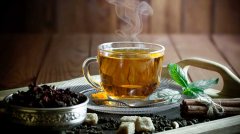
Assam black tea which brand is good Assam black tea CTC can drink directly what taste
If you prefer strong tea, Assam is a good place to start. It is the largest single tea growing region in the world and the heart of the English tea style. Assamese are best summarized as powerful. The words most commonly used in advertisements and reviews are decisive, brisk, bold, eye-opening, rich, bitter, uplifting, sincere, etc. Unfortunately, it
Related
- Beginners will see the "Coffee pull flower" guide!
- What is the difference between ice blog purified milk and ordinary milk coffee?
- Why is the Philippines the largest producer of crops in Liberia?
- For coffee extraction, should the fine powder be retained?
- How does extracted espresso fill pressed powder? How much strength does it take to press the powder?
- How to make jasmine cold extract coffee? Is the jasmine + latte good?
- Will this little toy really make the coffee taste better? How does Lily Drip affect coffee extraction?
- Will the action of slapping the filter cup also affect coffee extraction?
- What's the difference between powder-to-water ratio and powder-to-liquid ratio?
- What is the Ethiopian local species? What does it have to do with Heirloom native species?

